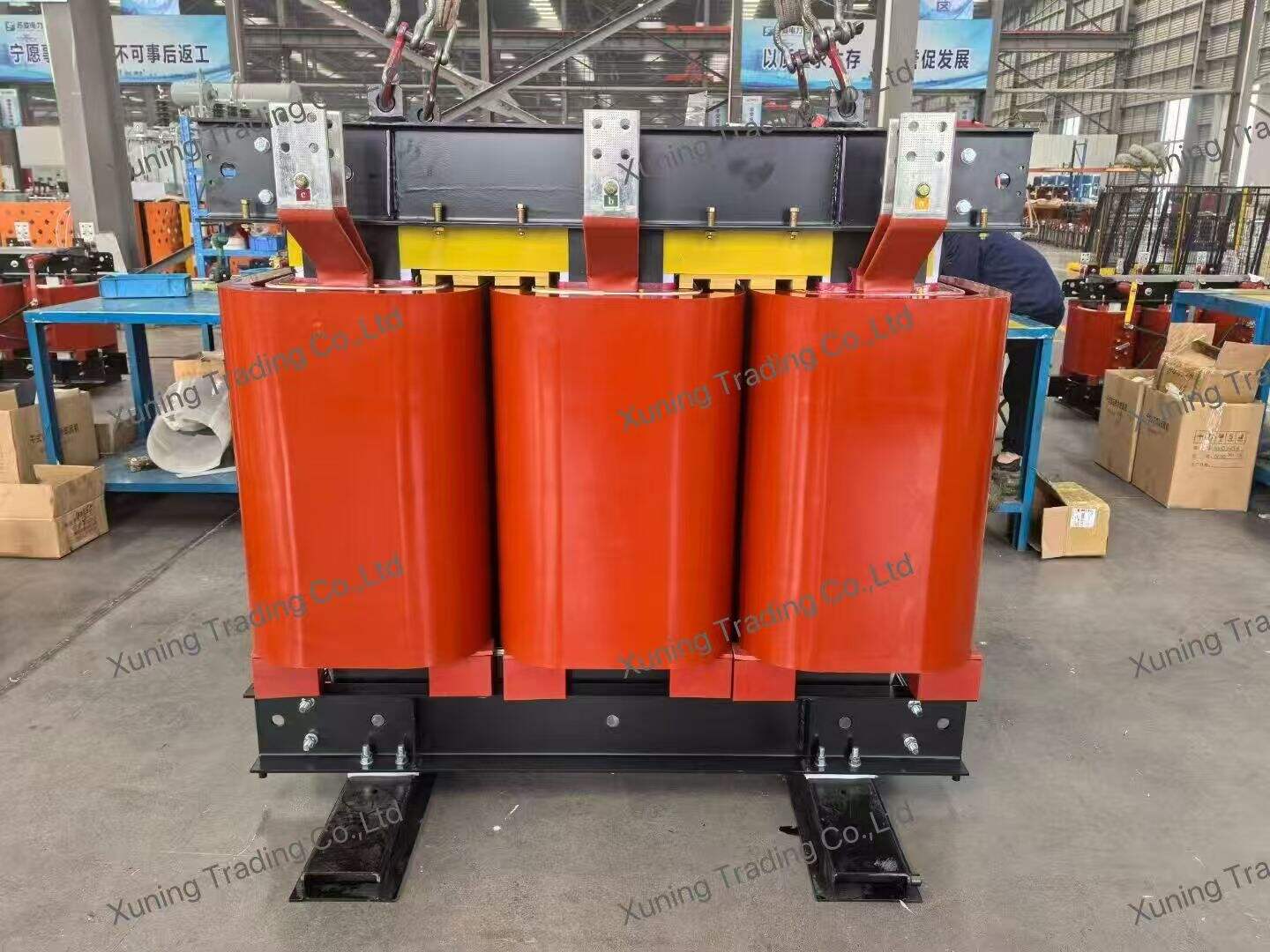Understanding the Vital Role of Transformers in Modern Industry
Industrial transformers serve as the backbone of modern manufacturing and production facilities, playing a crucial role in power distribution and voltage regulation. These sophisticated electrical devices enable the seamless operation of heavy machinery, processing equipment, and entire production lines. Without industrial transformers, today's manufacturing capabilities would be severely limited, making them indispensable components in the industrial landscape.
The significance of industrial transformers extends beyond simple power conversion. These robust devices act as vital intermediaries between power sources and various electrical equipment, ensuring optimal voltage levels while maintaining operational efficiency and safety standards. Their ability to modify voltage levels makes them essential for facilities that require different power specifications for diverse applications.
Core Components and Operating Principles
Essential Components of Industrial Transformers
Industrial transformers comprise several critical components that work in harmony to achieve efficient power transformation. The core, typically constructed from high-grade silicon steel laminations, provides the magnetic path necessary for energy transfer. Primary and secondary windings, made from high-purity copper or aluminum, facilitate the electromagnetic induction process. Additional components include cooling systems, insulation materials, and protective housings that ensure reliable operation under demanding conditions.
The transformer tank, bushings, and tap changers represent other vital elements that contribute to the overall functionality. Modern industrial transformers also incorporate sophisticated monitoring systems that track temperature, oil levels, and pressure readings to maintain optimal performance and prevent potential failures.
Fundamental Operating Mechanisms
The operation of industrial transformers relies on the principle of electromagnetic induction discovered by Michael Faraday. When alternating current flows through the primary winding, it generates a fluctuating magnetic field in the core. This magnetic field induces voltage in the secondary winding, with the voltage ratio determined by the number of turns in each winding. This simple yet elegant principle enables transformers to step voltage up or down according to specific industrial requirements.
Power transfer occurs without direct electrical connection between primary and secondary circuits, providing galvanic isolation that enhances safety and operational flexibility. The efficiency of modern industrial transformers typically exceeds 98%, making them remarkably effective at managing power distribution in large-scale operations.
Applications Across Industrial Sectors
Manufacturing and Production Lines
In manufacturing facilities, industrial transformers power everything from assembly lines to precision machinery. They provide the necessary voltage levels for CNC machines, robotic systems, and automated production equipment. Large industrial transformers support heavy machinery operations, while smaller units serve specialized processing equipment requiring specific voltage specifications.
The automotive industry particularly relies on industrial transformers for welding operations, paint shops, and testing facilities. These transformers must maintain consistent power quality to ensure production consistency and prevent costly downtime.
Process Industries and Chemical Plants
Chemical plants and process industries depend on industrial transformers for continuous operation of pumps, compressors, and reaction vessels. These environments demand transformers capable of handling harsh conditions while maintaining unwavering performance. Specialized designs incorporate enhanced insulation and cooling systems to cope with corrosive atmospheres and extreme temperatures.
Refineries and petrochemical facilities utilize industrial transformers in critical processes such as distillation, cracking, and material handling. The reliability of these transformers directly impacts production efficiency and plant safety protocols.

Maintenance and Performance Optimization
Preventive Maintenance Strategies
Regular maintenance of industrial transformers ensures longevity and reliable operation. This includes routine oil analysis, thermal imaging inspections, and electrical testing procedures. Maintenance teams monitor key parameters such as insulation resistance, power factor, and dissolved gas levels to detect potential issues before they escalate into serious problems.
Advanced diagnostic techniques, including frequency response analysis and partial discharge testing, help identify deteriorating components and insulation weaknesses. Implementing comprehensive maintenance schedules significantly reduces the risk of unexpected failures and extends transformer service life.
Performance Enhancement Techniques
Optimizing transformer performance involves several strategic approaches. Installing advanced cooling systems, upgrading monitoring equipment, and implementing smart control systems can significantly improve operational efficiency. Modern industrial transformers benefit from digital technologies that enable real-time performance tracking and predictive maintenance capabilities.
Energy efficiency improvements often focus on reducing core losses and minimizing harmonic distortion. The integration of vacuum-pressure impregnation techniques and advanced core materials helps achieve higher performance levels while maintaining reliable operation under varying load conditions.
Future Trends and Technological Advances
Smart Integration and Monitoring
The future of industrial transformers lies in smart technology integration. Internet of Things (IoT) sensors and advanced monitoring systems provide real-time data on transformer health and performance metrics. This connectivity enables predictive maintenance strategies and optimal load management through intelligent control systems.
Artificial intelligence and machine learning algorithms increasingly play crucial roles in transformer operation and maintenance. These technologies help predict potential failures, optimize performance parameters, and extend equipment lifespan through data-driven decision making.
Sustainable Design Innovations
Environmental considerations drive innovations in transformer design and manufacturing. New eco-friendly insulating materials and biodegradable cooling oils reduce environmental impact while maintaining high performance standards. Energy-efficient core materials and innovative winding designs contribute to lower losses and improved sustainability metrics.
The development of compact, high-efficiency designs addresses space constraints in modern industrial facilities while reducing material usage and environmental footprint. These advances align with global initiatives for sustainable industrial practices and energy conservation.
Frequently Asked Questions
What determines the efficiency of industrial transformers?
Transformer efficiency depends on several factors including core material quality, winding design, cooling system effectiveness, and load conditions. Modern industrial transformers achieve high efficiency through optimized design, superior materials, and advanced manufacturing techniques that minimize energy losses during operation.
How often should industrial transformers undergo maintenance?
Regular maintenance intervals typically range from monthly visual inspections to annual comprehensive assessments. The specific schedule depends on operating conditions, load profiles, and environmental factors. Critical applications may require more frequent monitoring and maintenance to ensure reliable performance.
What are the signs of transformer failure?
Common indicators include unusual noise, excessive heat generation, oil leakage, degraded insulation readings, and abnormal gas levels in oil analysis. Modern monitoring systems can detect early warning signs through temperature variations, partial discharge activity, and changes in electrical parameters.




